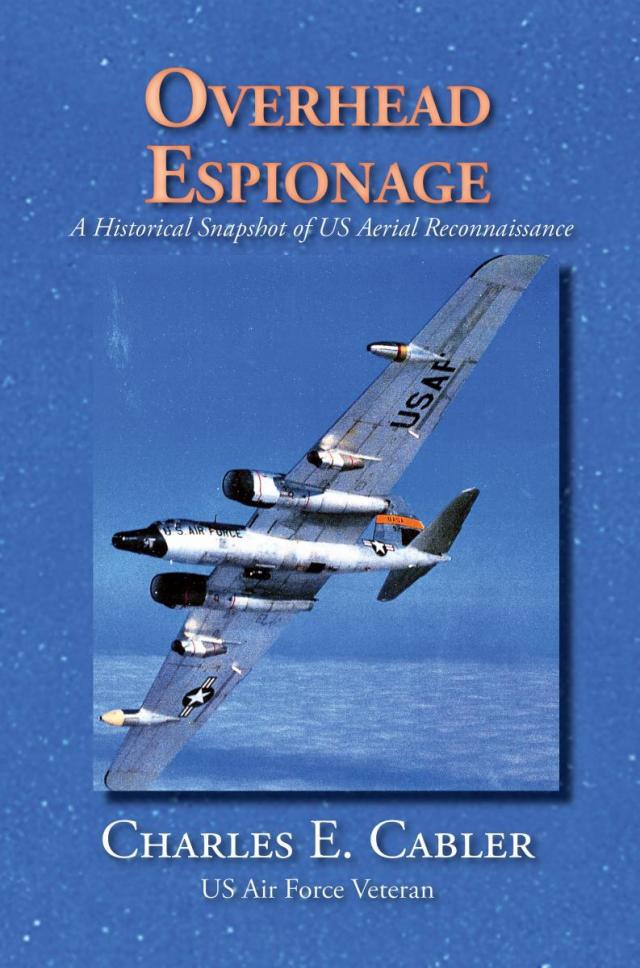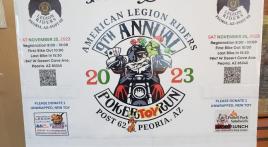“Overhead Espionage,” a descriptive term coined in the early years of U.S. aerial surveillance, started in the U.S. as a very low-level military priority, and even produced the court martial of Brig. Gen. Billy Mitchell, the father of the U.S. Air Force, before it became a major component of the Air Force program, and a vital part of our national security and combat support operations. Realistically, overhead espionage came of age during the Cold War, but to the astonishment of many, in the U.S. it dates back to the Civil War where it was effectively used by Union and Confederate armies during the battles of Bull Run, Yorktown and Vicksburg.
The book connects many historical events in an intriguing snapshot developmental progression of the U.S. aerial reconnaissance program. It focuses on several “first type” bombers and jet aircraft modified for reconnaissance work, and the first dedicated-use spy planes, the U-2, A-12 Oxcart and SR-71 Blackbird. It concludes with a look at the advanced overhead espionage spy crafts currently in use. It links aerial reconnaissance to world leaders: U.S. Presidents Roosevelt, Eisenhower, Kennedy, Nixon and Johnson, first President of the Russian Federation Boris Yeltsin, first Secretary of the Communist Party Nikita Khrushchev, Prime Minister of Cuba Fidel Castro, and the Fuehrer of Germany, Adolf Hitler, and includes fascinating stories about Sen. Joseph McCarthy, Secretary of State Henry Kissinger and Lee Harvey Oswald.
The book contains photographs, declassified operational statistics, general information about 14 planes used in overhead espionage, and reconnaissance trivia. It incorporates personal stories and experiences of military personnel involved in reconnaissance work, including: U-2 pilots Capt. Francis Gary Powers and Maj. James Greg Kimbrough, and SR-71 Blackbird pilots Lt. Cols. Dave Fruehauf and Ed Yeilding.




